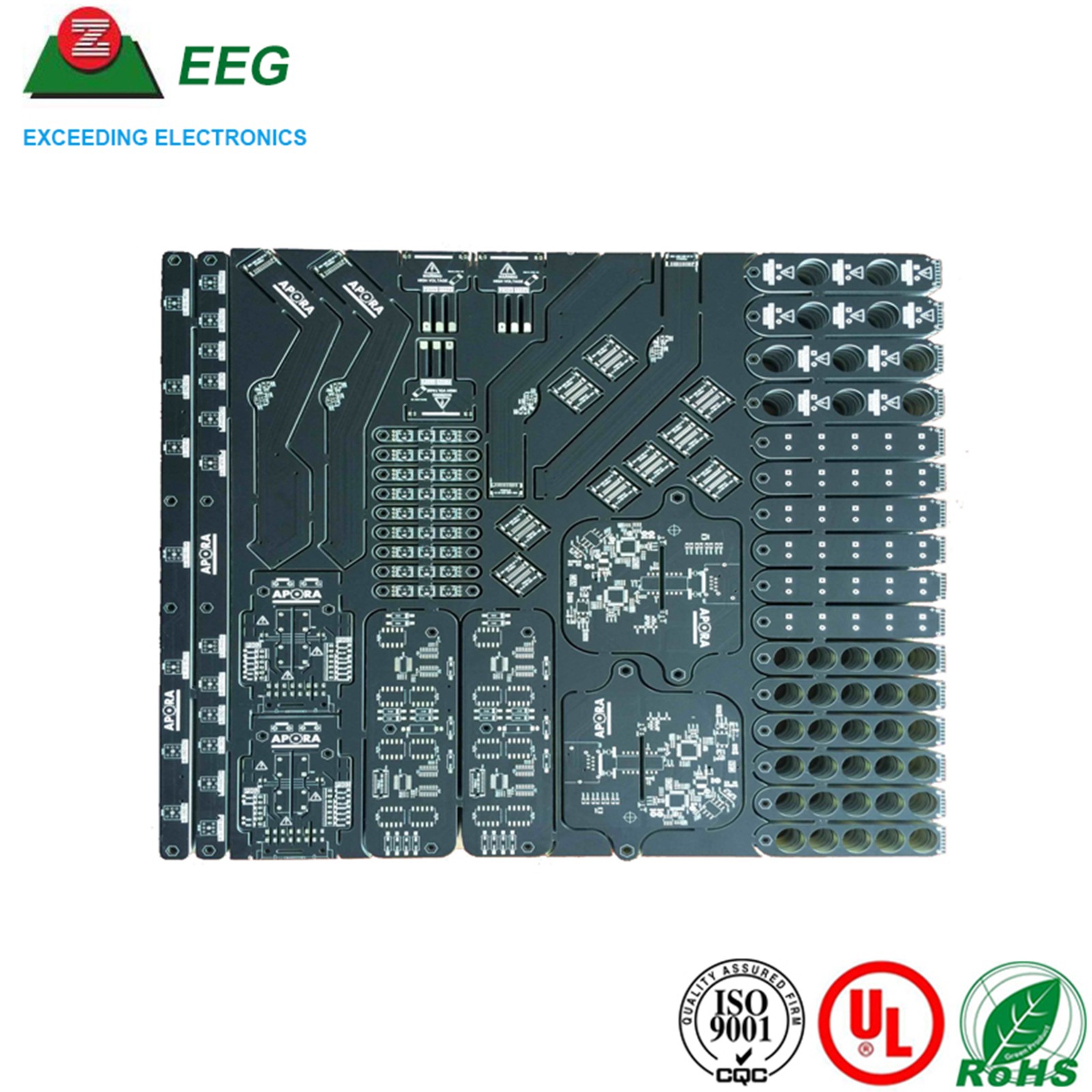NEWS
- Industry information
Industry information
how producing multiple PCB designs together can help save costs
here's a concise overview of how producing multiple PCB designs together can help save costs:
Cost Efficiency in Manufacturing Multiple PCB Designs Together
In the world of electronics, cost efficiency is crucial for maintaining competitiveness and profitability. One effective strategy to reduce manufacturing costs is to produce multiple PCB (Printed Circuit Board) designs together. This approach not only optimizes resources but also streamlines production processes. Here’s an in-depth look at how combining several PCB designs into a single production run can significantly cut costs.
1. Economies of Scale
When multiple PCB designs are produced together, manufacturers can leverage economies of scale. The cost per unit typically decreases as the volume of production increases. By batching several designs in one production run, the fixed costs associated with setup, materials, and equipment usage are spread across a larger number of boards. This reduces the cost per PCB, making it more economical to produce.
2. Shared Production Resources
Manufacturing PCBs involves various stages, including etching, laminating, drilling, and soldering. Each of these stages requires specific resources and equipment. When multiple designs are produced simultaneously, the production line can be more efficiently utilized. For instance, shared use of machines and materials reduces downtime and optimizes the overall workflow. Additionally, setting up and adjusting machines for different designs only needs to be done once per batch, rather than for each individual design.
3. Reduced Setup and Changeover Costs
Each PCB design requires a unique setup process, including programming the machines and aligning the materials. When multiple designs are produced together, these setup costs are amortized over a larger number of boards. This means the expense associated with each setup is lessened, leading to significant savings. Furthermore, combining designs minimizes the frequency of changeovers, which can be time-consuming and costly.
4. Material Efficiency
In PCB production, the use of raw materials like copper sheets and solder paste can be optimized when multiple designs are produced together. By arranging different designs on a single panel (a process known as panelization), manufacturers can maximize the usage of materials and reduce waste. Panelization allows various PCB designs to be placed on a single large sheet, which is then processed as a single unit. This not only reduces material waste but also ensures that the production process is more resource-efficient.
5. Improved Quality Control
Manufacturing multiple designs together can also enhance quality control. By consolidating production runs, manufacturers can focus their quality assurance efforts on a batch of boards rather than individual designs. This can lead to more consistent quality and reduce the likelihood of defects. Additionally, any issues detected during the production run can be addressed more efficiently when multiple designs are involved.
6. Faster Time to Market
Combining PCB designs in a single production run can speed up the time to market. Instead of waiting for each design to be manufactured separately, having multiple designs produced together allows for quicker turnaround times. This is particularly advantageous for companies that need to bring new products to market rapidly or those working on time-sensitive projects.
7. Streamlined Logistics
Producing multiple PCB designs together simplifies logistics and supply chain management. With fewer production runs, inventory management becomes more straightforward, and shipping costs can be reduced. Consolidating production also means fewer orders to track, which can streamline procurement and reduce administrative overhead.
8. Enhanced Negotiation Power
When dealing with PCB manufacturers, ordering multiple designs in bulk can enhance a company's negotiation power. Suppliers are often more willing to offer better terms, discounts, or reduced lead times for larger, consolidated orders. This can further contribute to cost savings and more favorable production conditions.
9. Flexibility and Adaptability
Batching multiple designs together offers flexibility in production planning. If one design experiences delays or requires modifications, it can often be adjusted without significantly impacting the entire batch. This adaptability is beneficial in dynamic industries where design changes are common and time constraints are tight.
Conclusion
In summary, producing multiple PCB designs together presents a range of cost-saving benefits, from leveraging economies of scale and reducing setup costs to optimizing material use and streamlining logistics. By adopting this approach, manufacturers and companies can achieve greater efficiency, lower production costs, and faster time to market. As the electronics industry continues to evolve, strategies that enhance cost-effectiveness and operational efficiency will remain crucial for maintaining a competitive edge.
This article offers a comprehensive view of how combining PCB designs can be cost-effective. Let me know if you need more details or have specific aspects you'd like to explore!

Address: Room 1107, Building 3, Country Garden Wisdom Apartment, Xingyi Road, Fuyong Street, Bao'an District, Shenzhen,China. Tel: (+86) 755-2733 1193
Email: sales@exceedingelec.com

Online Shop





